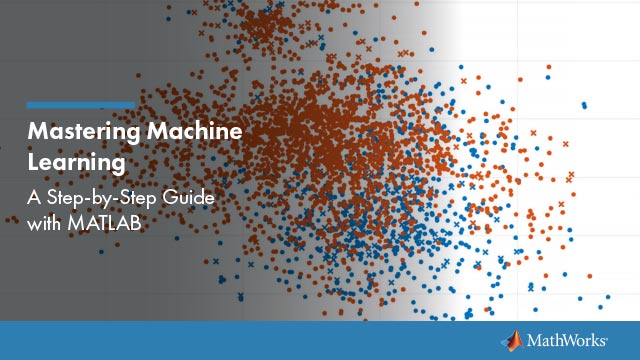resubPredict
Class:ClassificationTree
Predict resubstitution labels of classification tree
Syntax
label = resubPredict(tree)
[label,posterior] = resubPredict(tree)
[label,posterior,node] = resubPredict(tree)
[label,posterior,node,cnum] = resubPredict(tree)
[label,...] = resubPredict(tree,Name,Value)
Description
label= resubPredict(tree)treepredicts for the datatree.X.labelis the predictions oftreeon the data thatfitctreeused to createtree.
[returns the posterior class probabilities for the predictions.label,posterior] = resubPredict(tree)
[returns the node numbers oflabel,posterior,node] = resubPredict(tree)treefor the resubstituted data.
[returns the predicted class numbers for the predictions.label,posterior,node,cnum] = resubPredict(tree)
[label,...] = resubPredict(returns resubstitution predictions with additional options specified by one or moretree,Name,Value)Name,Valuepair arguments.
Input Arguments
Output Arguments
|
The response If the |
|
Matrix or array of posterior probabilities for classes If the If |
|
The node numbers of If the If |
|
The class numbers that If the If |




